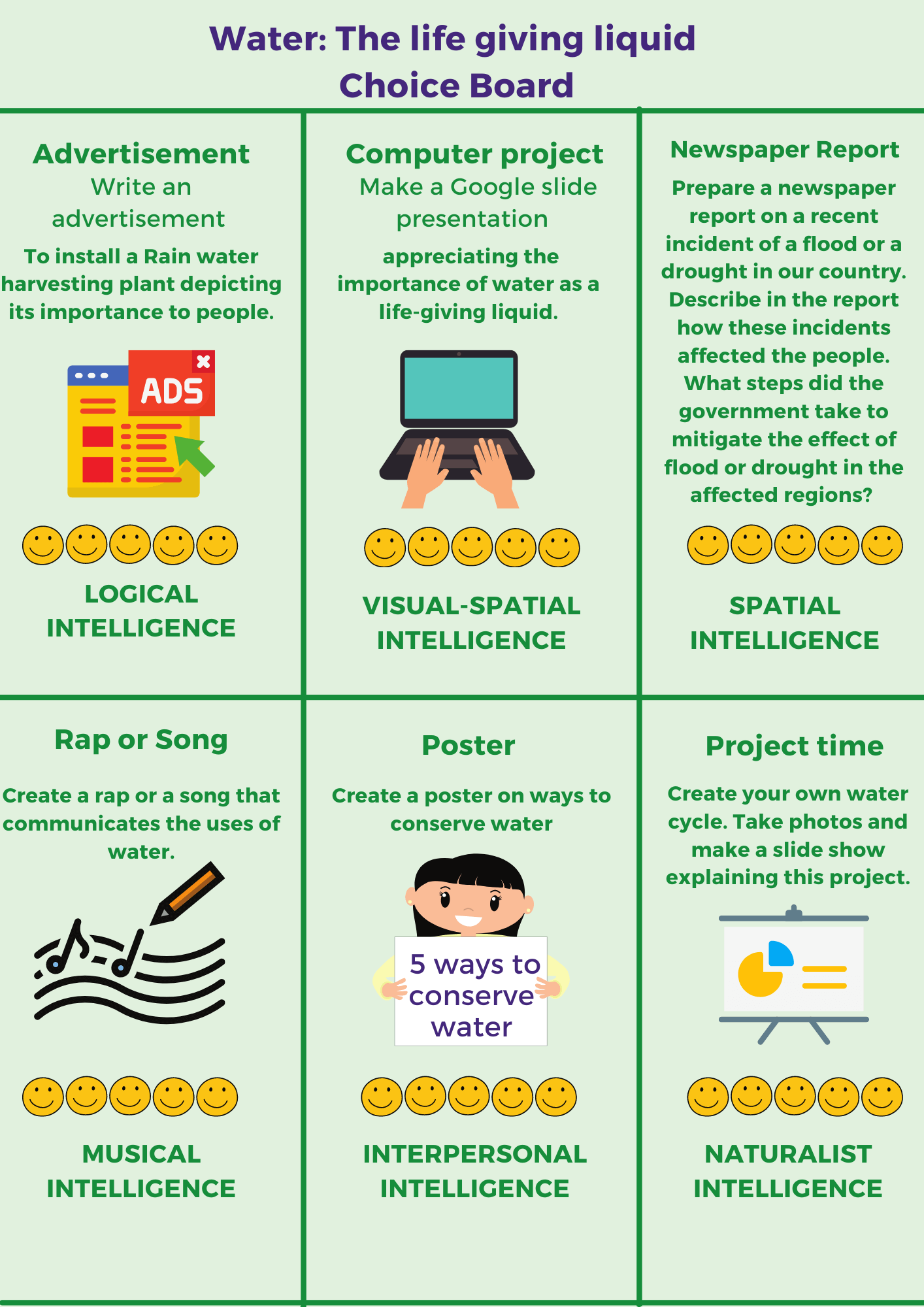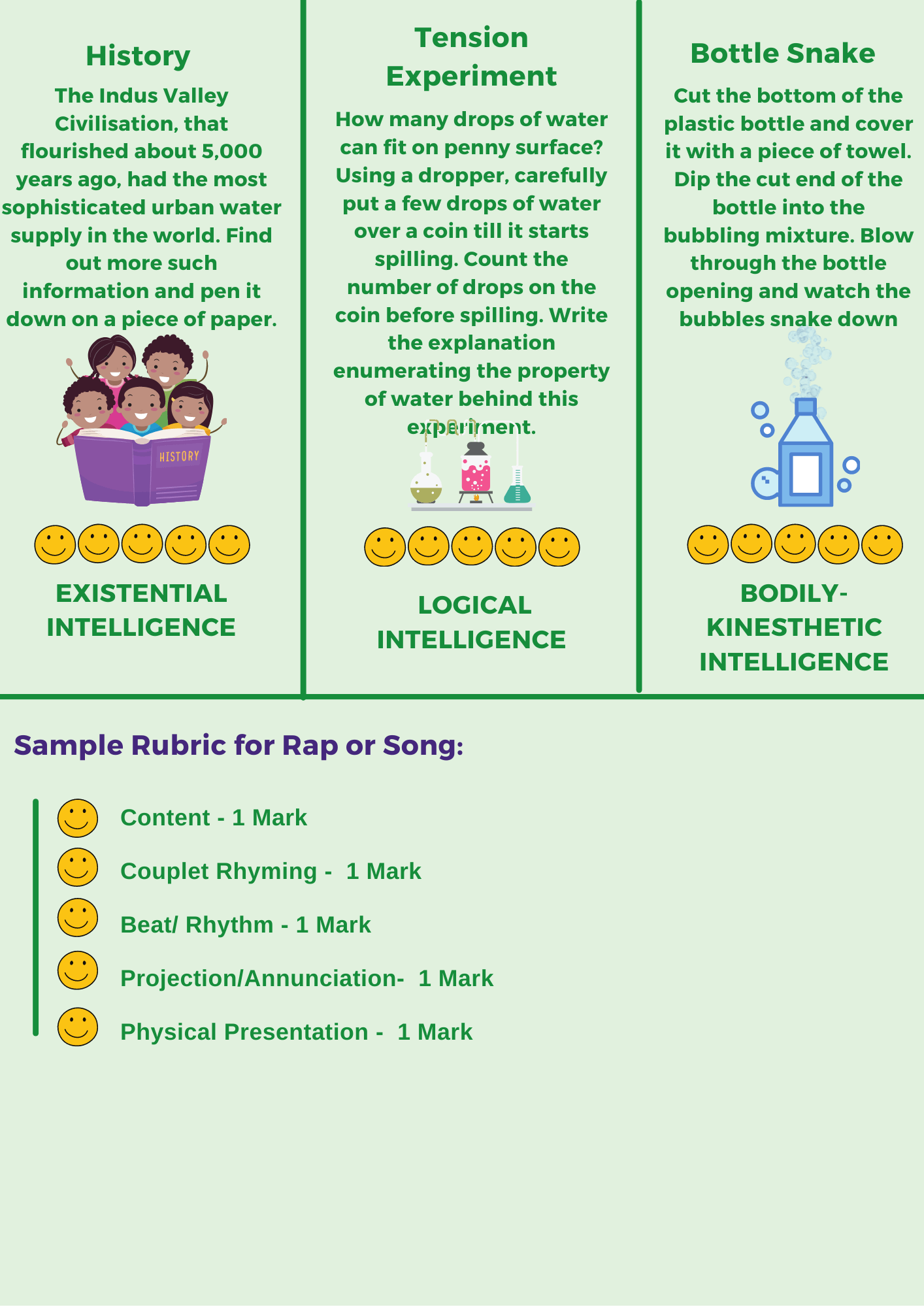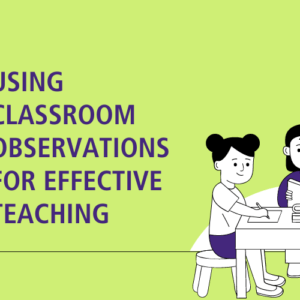The Challenges
Amidst the morphing of the education system from in-person to remote learning, I picked up aLearning and Teaching assignments and assess the results, leaving students feeling like worker bees, dutifully completing assigned tasks with little power or control.
However, do they really get it is the BIG question?
Teachers do make it a point to innovate and devise new ways that will help their students learn better. This could be new activities, different strategies or just a new approach. While doing so a teacher needs to keep in mind that every student is different. They think differently, act differently, learn differently and have different interests. (Learning to Choose, Choosing to Learn, 2021)
Some students are interested in nature, some history, others sports. Some students love working in collaboration while some prefer to work on their own. Craft projects and artwork may be appealing to some, and computer and technology may be preferred by others. For many teachers, this can a great cause of worry. They spend hours crafting lessons and creating units only to watch students’ eyes glaze over and their heads drop. “Do we have to do this?” they groan. “These students just don’t care!” is a common plight for most teachers. Perhaps this should be answered with: “Why should they?” What does the learning in front of them have to do with the achievement of learning outcomes? How does it elevate their interest or tap into their strengths? A reluctant writer who loves science fiction may be excited to write a Star Wars sequel. A student who is unenthusiastic about learning about the American Revolution but is excited to work with computers may be excited to put together a Prezi showcasing the key causes of the war. (Extension menu Archives, 2021)
A student who doesn’t always love math but loves to play games may enjoy playing a simple game with dice and cards to practice working with fractions. (Gracey, 2021)
So, how can we give students a choice? A simple way is to use Choice Boards. What are Choice Boards?
Choice Boards is an instructional strategy based on the concept of differentiation that permits students to progress at their own pace and have a choice over what they learn and how they interrelate with the content.
Students can choose which activity they are most comfortable completing first, master that activity, and then can move to other activities on the given choice board. Choice Boards can take several different formats, but all boards are focused on students’ specific learning needs, interests, and skills. The strategy can be easily adopted across all grade levels, subjects, and content areas.
The Choice Boards can be used to present students with new information, to make students practice and master academic content, to assess student mastery, or as a combination of all three which involves:
- A 9-square grid
- Each square has an activity
- Each activity should relate to one of the multiple intelligences
- The level of difficulty can vary or stay consistent
How do students complete a Choice Board?
Students can progress from one activity to another either in sequential or random order:
- Tic-Tac-Toe Choice: Students are encouraged to perform a set of three activities so that it forms a Tic-Tac-Toe. Students have a choice of going about these activities horizontally, vertically or diagonally. In this method, the “FREE CHOICE” square can be in the centre.
- Random Choice: Students can randomly choose any three activities based on their preferred interests of multiple intelligences.
Teachers Tips for Designing Choice Boards
Here are easy and simple tips for teachers to design and implement Choice Boards in the classroom which can help promote learning as well as stimulate student motivation and engagement:
- Identify the learning objectives and learning outcomes of a unit of study.
- Determine student readiness, interests, learning styles, and needs using baseline tests and diagnostic assessment data, student surveys, and learner profiles.
- Design nine different activities that meet students’ various interests, needs, and learning styles. Arrange each activity so it has its own grid on the Tic-Tac-Toe board.
- Out of 9 grids, choose the middle square as non-negotiable, the one activity that the teacher wants every student to complete.
- This could be reading an article, watching a video, or any idea which students enjoy the most in a given class.
- Teachers can recommend students to use the middle square as a free space where they can propose their own ideas to demonstrate their learning.
- Students must complete three tasks, one of which must be the one in the middle. Tasks must be completed in a vertical, horizontal, or diagonal Tic-Tac-Toe row.
- Ask how much duration students will need to complete the Choice Boards (i.e., one day, two days, and one week). This will help you decide which type of activities to create.
- When creating the Tic- Tac -Toe Choice Boards, make sure to frame activities that cater to every learning style such as (Anon, 2021)- Naturalist (nature smart), Musical (sound smart), Logical-mathematical (number/reasoning smart), Existential (life smart), Interpersonal (people smart), Bodily-Kinaesthetic (body smart), Linguistic (word smart), Intra-personal (self-smart), Spatial (picture smart), Computer (*technology smart), Visual/Spatial (art and space smart) and Culinary (food smart)
- Arrange the activities on a Tic- Tac- Toe template based upon its appropriate usage.
- Give each student a paper or digital version of the Tic- Tac- Toe with clear instructions and guidelines to complete the activities.
- When presenting the Tic- Tac- Toe Choice Boards, the students must be provided with specific instructions to select the activities and pace themselves through the work. Explain to students how to select an appropriate activity from the board. Prompt students to pick their learning style and what activity is appropriate for them.
- In case of a multi-day assignment, consider creating a personal development plan or a calendar for students to monitor their progress throughout the activity.
- While students are working through their activities, use the time to individually interact with students on their progress, queries, sticking points, etc.
- Extra credit or a token of appreciation can be included to encourage students to motivate their learning.
- Provide students with a rubric for the areas of growth and achievement planned to assess for each designed activity.
- Consider the assessment options for students (self-assessment, peer assessment, formative assessment) and introduce the assessment options to students for their better understanding.
Sample Choice Board
General Guidelines:
The topic of the choice board is Water–The life-giving liquid.
- The main objective is to appreciate the importance of saving water and to identify the methods that can be used to conserve water.
- You have to pick any three activities of your choice out of the nine present here.
- Each activity is of 5 marks. The total score is 15 marks.
- Choose the activities such that your grand total is 15 smilies (Extra Credit)
- The sample rubric of one activity is given below.


View the sample board pdf here
Benefits of Using Choice Boards
Choice Boards give students autonomy and choice in their learning while allowing teachers to differentiate, observe, and assess in real-time. It increases student ownership and provides teachers with opportunities to differentiate and support students at their individual learning levels. Choice Boards benefit students with the power to choose “how” to learn a particular subject or concept. It also allows them to work on the activities at their own pace. The boards are useful for teachers as it enables them to identify and hone students’ interests and preferences to stimulate active learning and student engagement. This freedom encourages students to be more responsible, accountable, and independent in their learning.
Challenges faced during implementation
It is best to give students adequate opportunities to practice and master the concepts taught in class. However, constructing such activities is no easy task, as teachers need to be a combination of subject matter experts (SMEs) and reflective teachers. Other challenges include the participation of the students’ body to sincerely attempt such innovative strategies and the availability of easily available content sources.
Pros and Cons
| Pros | Cons |
| This differentiation is effective for both gifted students and students with special needs. | Teachers require more time for lesson planning. |
| Students take ownership of learning. | Schools may require resource mobilization to implement this strategy. |
| Student Engagement in learning inclines to be robust because it addresses the children as equal individuals. | Many schools lack professional development resources to properly orient the teaching staff. |
Feedback from a student
“Building Choice Boards into the assessment process enabled me to take the onus of my learning. My teacher was a facilitator who gave me an array of tools to showcase my learning. I was offered flexibility in terms of tools used, style of assessment, the timeline of submission, type of evaluation, and feedback. This kind of student-driven assessment made me inclusive and motivated. I submitted my assignments on time and it helped me to achieve intended learning outcomes by scoring better grades.”
Conclusion
This article has argued that a good assessment environment elevates students’ expectations, inspires them to participate, and ensures that no student can fly under the radar. The focus remains learner-centred which actively engages him or her with the teaching-learning process. It also suggests that each tool of assessment has specific strengths and limitations. It is, therefore, recommended to assess students using different activities and tasks, both to make assessment stress-free and stimulating for students.
The inclusion of flexibility and accommodation at the level of a teacher helps in exploring corresponding ways of demonstrating learning outcomes, raises confidence and generates love and interest of the students in the given subject. Building flexibility into the process of choosing assessment methods can provide students with an autonomous learning experience. This innovative approach of Choice Boards gives students control over the assessments, ultimately positively influencing motivation, attitude, and grades.
Isn’t this what we wish for all our students?
Bibliography:
ANON
[online] Available at: <https://quizlet.com/501062374/week-9-personalized-learning-diagram/> [Accessed 23 June 2021].DIFFERENTIATION IN THE FORM OF CHOICE BOARDS WITHIN ANY DISCIPLINE – KNILT
Knilt.arcc.albany.edu. 2021. Differentiation in the form of Choice Boards within any discipline – KNILT. [online] Available at: <https://knilt.arcc.albany.edu/Differentiation_in_the_form_of_Choice_Boards_within_any_discipline> [Accessed 5 June 2021].
EXTENSION MENU ARCHIVE
TechNotes Blog. 2021. extension menu Archives. [online] Available at: <https://blog.tcea.org/tag/extension-menu/> [Accessed 11 June 2021].
GRACEY, L.
It’s Time to Let the Kids Choose
Gracey, L., 2021. It’s Time to Let the Kids Choose. [online] TechNotes Blog. Available at: <https://blog.tcea.org/choice-boards/> [Accessed 13 June 2021].
LEARNING TO CHOOSE, CHOOSING TO LEARN
Google Books. 2021. Learning to Choose, Choosing to Learn. [online] Available at: <https://books.google.com/books?id=y0H2CwAAQBAJ> [Accessed 12 June 2021].
THE KEY BENEFITS OF CHOICE
Ascd.org. 2021. The Key Benefits of Choice. [online] Available at: <http://www.ascd.org/publications/books/116015/chapters/The-Key-Benefits-of-Choice.aspx> [Accessed 21 June 2021].





commendable article.
rightly explained and better results to be expected in classroom.
differentiation and individual attention will help us to cater the needs of every individual.
differentiation and individual attention will help us to cater the needs of every individual.
active participation of every student is recognized.
hidden talents came out when providing choices to students.